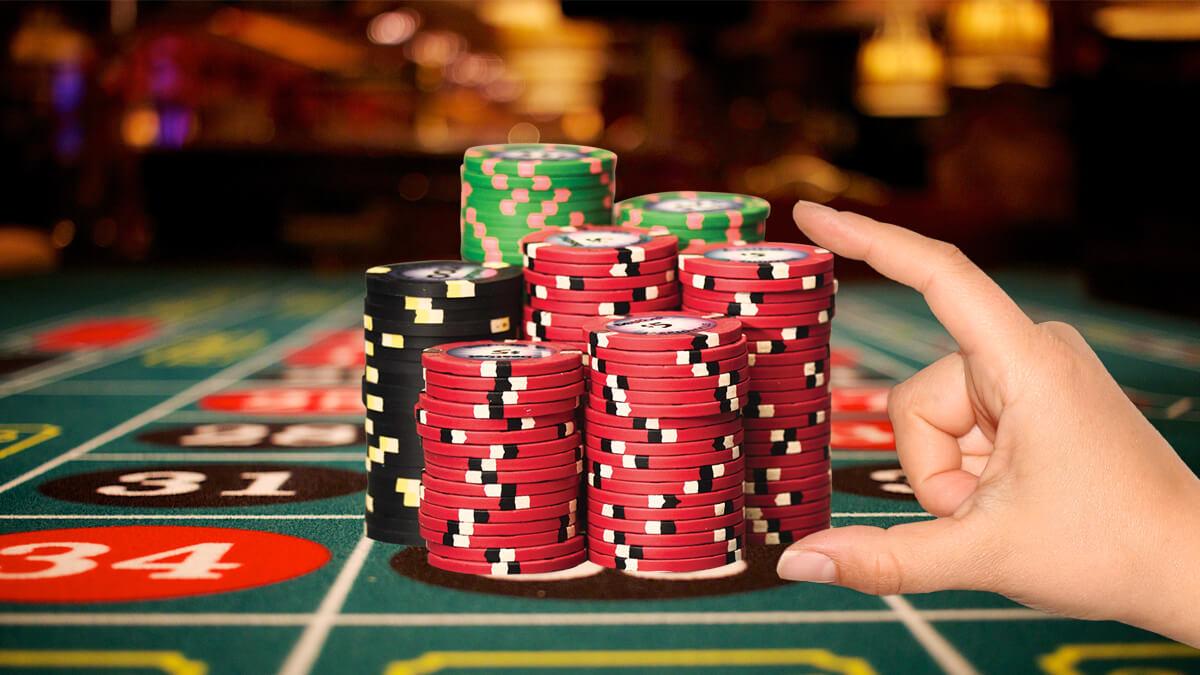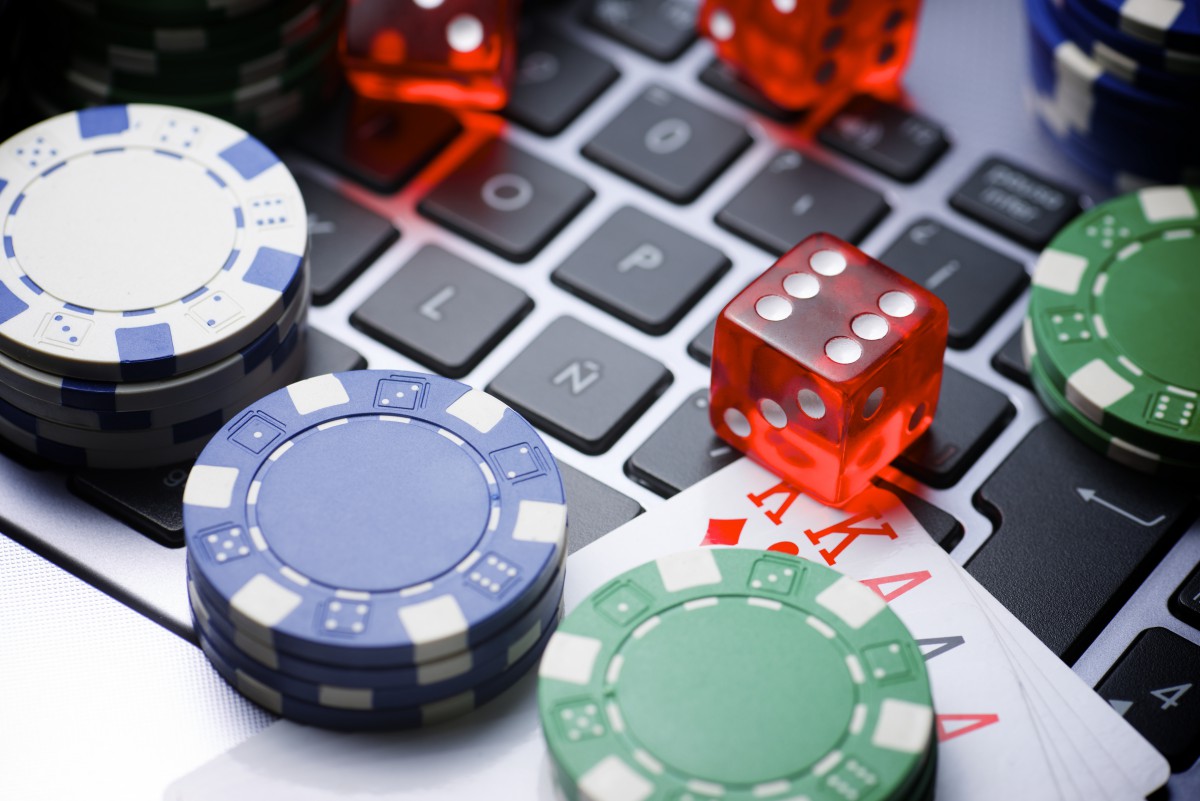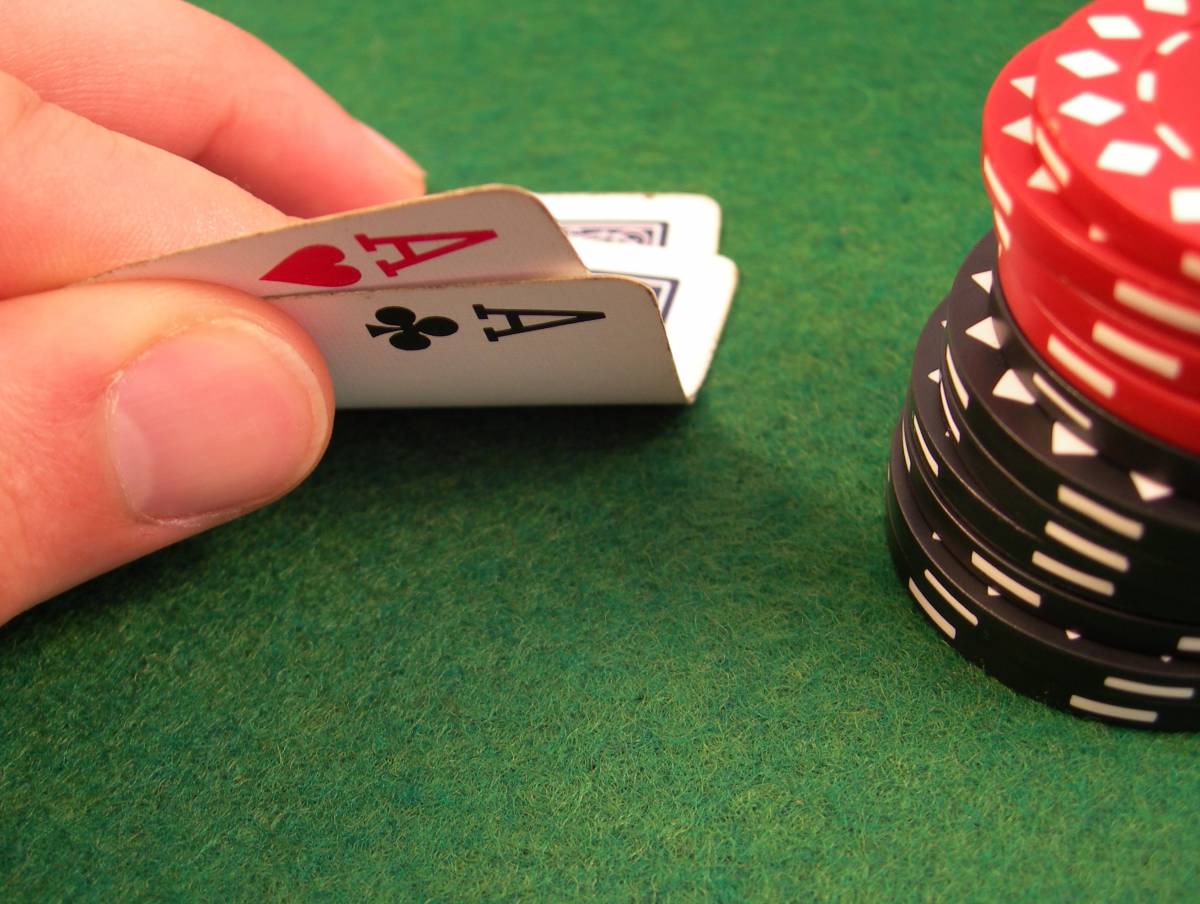Introduction
How To Deal Poker Cards: Dealing poker cards is a fundamental skill that every aspiring poker player should learn. Whether you’re hosting a friendly home game or dealing at a professional casino, knowing how to deal the cards correctly adds to the authenticity and enjoyment of the game. Properly dealing the cards ensures fairness and maintains the integrity of the game.
The process of dealing poker cards involves more than simply distributing cards to the players. It includes shuffling the deck, offering the deck for a cut, determining the dealer position, and distributing the cards in the correct order. Each step requires attention to detail and adherence to established procedures to create a smooth and enjoyable poker experience.
We will explore the techniques and guidelines for effectively dealing poker cards. From shuffling the deck to handling the dealer position and distributing the cards, we will cover the essential aspects of dealing that every poker enthusiast should know. So, let’s dive into the world of dealing poker cards and learn how to conduct a professional and fair poker game.

How much cards do you deal in poker?
Five cards
Each player is dealt five cards, then a round of betting follows. Then each player may discard up to 3 cards (4 if your last card is an ace or wild card, in some circles) and get back (from the deck) as many cards as he/she discarded.
In most popular variants of poker, such as Texas Hold’em, Omaha, and Seven-Card Stud, each player is initially dealt two private cards. These are referred to as “hole cards” or “pocket cards.” After the initial round of betting, the dealer proceeds to deal a series of community cards that are shared among all players.
In Texas Hold’em and Omaha, the dealer places five community cards face-up on the table. These are dealt in stages: three cards are dealt together (known as the “flop”), followed by a single card (the “turn” or “fourth street”), and finally another single card (the “river” or “fifth street”). Players use their two hole cards in combination with the community cards to make the best possible five-card hand.
In Seven-Card Stud, each player is dealt a total of seven cards, three face-down and four face-up. The face-down cards are private, while the face-up cards can be seen by all players. The players use their best five-card combination from their seven total cards to determine the winner.
The number of cards dealt in poker depends on the specific variant being played. It’s important to familiarize yourself with the rules of the particular poker game you’re playing to understand the number of cards dealt and how they are used to form hands.
Who gets dealt first in poker?
The person dealing the cards deals to the left of the player with the dealer button first and rotates clockwise around the table. Each player gets one card at a time until each player has two cards, both face-down.
In most poker games, the player who gets dealt first rotates clockwise around the table from one hand to the next. The position where the first card is dealt is called the “dealer” or “button.” The dealer position is marked by a round disc known as the dealer button, which moves one position to the left after each hand.
The player to the immediate left of the dealer, known as the “small blind,” is the first to receive cards in the initial deal. The player to the left of the small blind, known as the “big blind,” receives their cards next. The big blind is usually double the amount of the small blind.
After the small blind and big blind receive their cards, the dealing continues clockwise around the table, giving each player their cards one at a time until all players have received their initial hole cards.
It’s important to note that the dealer position and the order of dealing rotate after each hand, ensuring that each player has an equal opportunity to be dealt first and to have positional advantages or disadvantages throughout the game.
Do you deal 2 cards in poker?
Every player is dealt two cards, for their eyes only. The dealer spreads five cards – three at once, then another, then another – which can be used by all players to make their best possible five-card hand.
Yes, in many popular variants of poker, each player is initially dealt two private cards, which are known as “hole cards” or “pocket cards.” This is the case in games like Texas Hold’em and Omaha. These two hole cards are dealt face-down to each player and are meant to be kept hidden from the other players at the table.
After the hole cards are dealt, a round of betting takes place, and then the dealer proceeds to deal a series of community cards, which are shared among all players. These community cards are placed face-up on the table and can be used in combination with the players’ hole cards to make the best possible hand.
So, in summary, yes, two cards are typically dealt to each player in the initial dealing phase of many poker games.
What is a poker dealer called?
Croupier
A croupier or dealer is someone appointed at a gambling table to assist in the conduct of the game, especially in the distribution of bets and payouts.
A poker dealer is commonly referred to as the “dealer” or “poker dealer.” They are responsible for conducting the game, handling the cards, managing the bets, and ensuring the proper flow of the game. The dealer’s role is crucial in maintaining the integrity of the game and enforcing the rules.
In addition to the general term “dealer,” there are a few other names or titles that are sometimes used to refer to a poker dealer:
1. Cardroom Dealer: This term is used to specify a dealer who works in a dedicated cardroom or poker room within a casino.
2. Croupier: Although more commonly associated with casino table games like roulette and blackjack, the term “croupier” can sometimes be used to refer to a poker dealer as well.
3. Button: The dealer position in poker is marked by a round disc called the “dealer button” or simply “button.” While the term “button” primarily refers to the disc itself, it can also be used informally to refer to the dealer.
Regardless of the specific name or title used, the dealer plays a crucial role in facilitating the game and ensuring a fair and enjoyable poker experience for all players.
Do you get 2 or 3 cards in poker?
To start, the player places an ante wager and/or a pair plus wager, betting that they will have a hand of at least a pair or better. Three cards are then dealt face down to each player and to the dealer.
In most popular variants of poker, such as Texas Hold’em and Omaha, each player is initially dealt two private cards, also known as “hole cards” or “pocket cards.” These cards are dealt face-down and are meant to be kept hidden from the other players at the table.
After the hole cards are dealt, a round of betting takes place, and then the dealer proceeds to deal a series of community cards. In Texas Hold’em, for example, five community cards are dealt in total, with three cards dealt together (the “flop”), followed by a single card (the “turn” or “fourth street”), and finally another single card (the “river” or “fifth street”). Players use their two hole cards in combination with the community cards to make the best possible five-card hand.
So, in summary, in most poker games, you start with two cards, but as the game progresses and community cards are dealt, you have the potential to use more than two cards to form your final hand.

What is the proper technique for shuffling and dealing poker cards?
The proper technique for shuffling and dealing poker cards involves the following steps:
1. Ensure that the deck is complete: Before beginning the shuffling process, make sure that you have a complete 52-card deck, free from any extra cards or missing cards.
2. Shuffle the deck: There are various shuffling techniques you can use, such as the riffle shuffle, the overhand shuffle, or a combination of both. The goal is to mix the cards thoroughly and create a random distribution.
3. Offer the deck for a cut: After shuffling, present the deck to a player for a cut. This involves splitting the deck into two halves and allowing the player to insert a portion of the deck back into the other half. This step adds an additional level of randomness and ensures fairness.
4. Determine the dealer: Before dealing, determine who will be the initial dealer for the hand. This can be done through a method like high card draw or simply rotating the dealer position among the players.
5. Deal the cards: Starting from the player to the left of the dealer, distribute the cards one at a time in a clockwise direction. The number of cards dealt to each player depends on the specific poker variant being played.
It’s important to note that different poker games may have variations in the shuffling and dealing process. It’s recommended to familiarize yourself with the specific rules and procedures of the poker variant you are playing to ensure proper technique.
How do you handle the dealer position and the dealer button?
Handling the dealer position and the dealer button in a poker game involves the following steps:
1. Determine the initial dealer: Before the start of the game, determine who will be the initial dealer for the first hand. This can be done through a method such as a high card draw, where each player is dealt one card face-up, and the player with the highest-ranking card becomes the dealer.
2. Place the dealer button: The dealer button is a small round disc that represents the current dealer. The button is typically placed in front of the player who is designated as the dealer for the current hand. If using a physical button, it is passed around the table clockwise after each hand to indicate the next dealer position.
3. Rotate the dealer position: After each hand, the dealer button is moved clockwise to the next player in turn. This ensures that each player has an equal opportunity to be the dealer and helps maintain fairness throughout the game.
4. Determine the order of play: The player to the left of the dealer (or the left of the dealer button) is usually the first to act in each betting round. The order of play continues clockwise around the table, with each player making their decisions in turn.
5. Maintain consistency: It is important to consistently follow the rotation of the dealer button and ensure that the dealer position is clearly identified. This helps avoid confusion and ensures that all players have an equal chance to be in the dealer position.
By adhering to these steps, you can properly handle the dealer position and the dealer button, maintaining fairness and an organized flow of the game.
What are the responsibilities of a poker dealer?
The responsibilities of a poker dealer include:
1. Shuffling and dealing cards: The dealer is responsible for properly shuffling the deck of cards to ensure fairness and then dealing the cards to the players according to the game rules.
2. Managing the pot and bets: The dealer keeps track of the bets made by the players and manages the pot, ensuring that all bets are placed correctly and accurately.
3. Enforcing game rules: The dealer ensures that the game is played according to the established rules and procedures. They monitor the actions of the players, announce betting rounds and actions, and enforce penalties or rules violations when necessary.
4. Maintaining order and control: The dealer is responsible for maintaining a calm and orderly atmosphere at the table. They resolve disputes or conflicts that may arise among the players and ensure that the game progresses smoothly.
5. Keeping track of the order of play: The dealer determines the order in which players act during each betting round and ensures that each player has the opportunity to make their decisions in turn.
6. Providing information: The dealer may answer questions or provide clarifications about the rules or procedures of the game when requested by the players.
7. Being knowledgeable about the game: A poker dealer should have a good understanding of the rules and strategies of the game being played. This allows them to effectively carry out their responsibilities and address any issues that may arise.
Overall, the dealer plays a crucial role in ensuring a fair and enjoyable poker game for all players involved.

Conclusion
Mastering the art of dealing poker cards is a valuable skill that can enhance your poker playing experience and elevate your hosting abilities. By following the proper techniques and guidelines, you can ensure a fair and enjoyable game for all players involved.
Throughout this guide, we have explored the essential steps of dealing poker cards, from shuffling the deck to distributing the cards and handling the dealer position. We have emphasized the importance of accuracy, fairness, and maintaining a consistent flow during the dealing process.
Remember that practice makes perfect when it comes to dealing cards. By honing your shuffling techniques, perfecting your card distribution, and familiarizing yourself with the specific rules of different poker variants, you can become a proficient dealer.
So, whether you’re hosting a casual game night with friends or dealing in a professional setting, embrace the role of the dealer with confidence and precision. By dealing the cards skillfully, you contribute to the overall enjoyment of the game and create a memorable poker experience for all participants.










